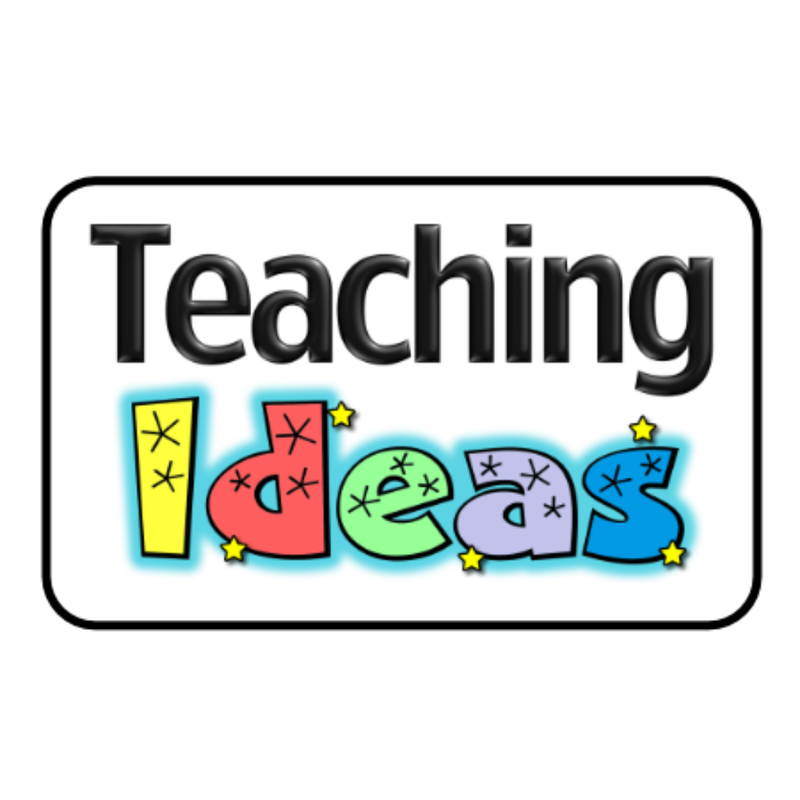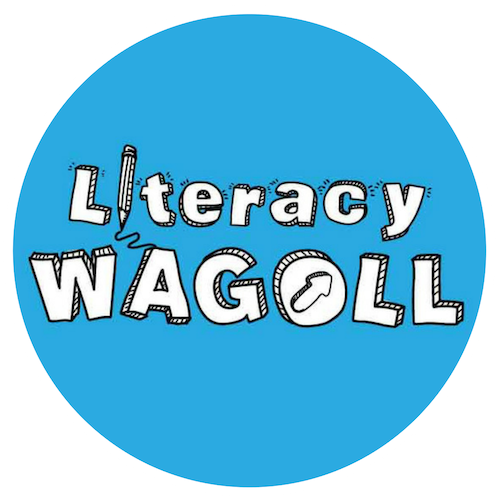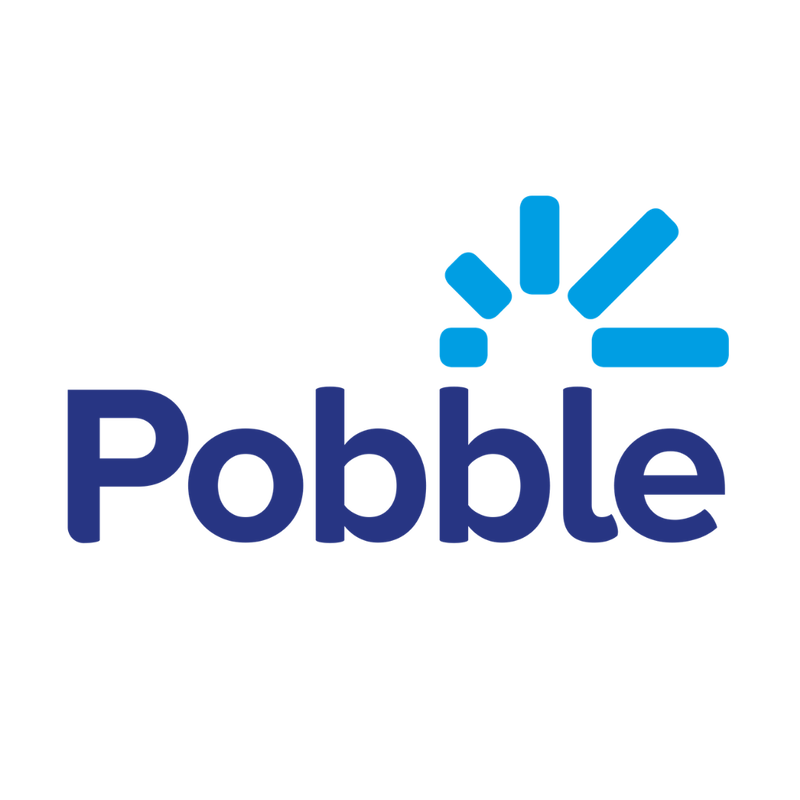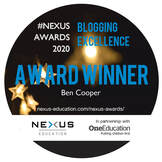|
Artificial Intelligence (AI) is already rapidly changing the education landscape. Not too long ago, ChatGPT was and still is, the talk of the town for both positive and negative reasons. The tool, from OpenAI, lets you type questions using natural language, to which the chatbot gives conversational answers. Educators were instantly playing around with the tool - asking the AI tool to write student reports, motivational emails to staff and plan lessons for their students.
While there was much debate online, there is no getting away from the fact that AI is here to stay and is going to heavily influence the role of educators in the future. And for me, there are some very exciting opportunities ahead. Teaching is a humanistic profession, that is why I love it! But the work-load issue is taking teachers away from being just that. Teachers have become content creators - spending far too long on generating reports, writing feedback, creating presentations and resources. AI has the power to remove, or at least support much of this creation, allowing teachers to focus on curating and delivering content in a personlised and human-centered way. Here's how:
2 Comments
I have worked with Century for the past 3 or 4 years both as an Ambassador and as a Primary School Leader. Through the latter, I have worked with teachers to embed Century Tech, an online learning tool, into the Primary classroom to truly integrate teaching and learning with technology. We are still on this exciting journey but I thought I would share our progress so far...
Both in the UK and across the globe, schools had adopted the CAT4 test which measures student's four main types of ability known to make a difference to learning and achievement. CAT4 provides an independent perspective on potential pupil achievement that can be used to identify and reveal a child's true hidden potential. But once you have done the assessment what do you do next? What do all the numbers mean and how can we analyse them at a deeper level to really gain a better understanding of our children? Moreover, how do we know if we need to do things differently in the classroom?
As the new academic year approaches, hundreds and thousands of Newly Qualified Teachers will be backing boards, moving tables and preparing for their first ever class that is officially theirs. It is time to go it alone and with this comes excitement, but also anxiety, worry and a little bit of fear.
Over the years, I have created a number of videos that focus on various key aspects of teaching and classroom life. I have compiled the most NQT relevant posts and included them in this article for you to digest. Hopefully, this will take you through a few key areas to consider when preparing for the new school year and your first ever class!
Teachers workload is too much. One contributing factor to this is that they tend to spend more time creating content and resources than actually teaching the children. Too much planning effects teacher wellbeing. We always strive to make sure our lessons are as engaging as possible but finding the happy medium between engaging resource lessons and a work life balance can be challenging.
Flexible resources can be used in a variety of creative ways across subjects and the curriculum. By creating a bank of flexible resources overtime, you build a toolbox of engaging activities that can be used in all areas of the curriculum - saving you both time and printing credits! So here are my top five flexible resources that all teachers should have in their resource toolbox. In the month of May, people all around the world celebrate May the 4th - Star Wars Day! 'May the 4th be with you' (or should I say, 'May the force be with you') is heavily referred to as Growth Mindset.
If you Google mindset and Star Wars, reams and reams of pages, websites, posters, blogs, worksheets and videos pop up to explain the link. Yoda has a Growth Mindset and Darth Vadar has a Fixed Mindset. However, there is a huge problem comparing mindset with Star Wars. Mindset is not as simple as this. It is important that teachers and our children get to grips with the dark side of the force.
Young children are not going to sit and listen to 30 minute teacher videos. Keep teacher input as concise and as short as possible. Plan lessons with lots of activities for children to complete. This will reduce screen time and keep children engaged for longer.
'Turning teachers into teams' is the slogan that pops up on Teacherly's homepage. I always get excited at the prospect of allowing teachers to collaborate more and work more effectively. When teachers work together and share ideas - great things happen! Teacherly aims to do this by providing an online platform where resources, planning and ideas are shared easily whilst linking teachers together through collaborative discussion.
Preparing for lessons can seem like a complex and daunting task, especially on a late Sunday evening when a new school week is looming. As a new teacher, you may also find yourself trying to fulfil a never-ending tick box list of things to include in your lessons - especially when being observed. This can actually act as a blocker for designing well focused and planned learning opportunities. But, by asking these 7 simple questions you can focus your attention on what really matters to help you refine and fine-tune your day to day teaching and lessons.
|
SearchWAGOLL TeachingWith a keen interest in the neuroscience and psychology of learning, WAGOLL Teaching is about sharing research alongside great, simple teaching ideas to a global teaching community.
Ben has been in education for over 10 years and is passionate about simplifying high quality teaching and learning through innovative and practical approaches in the classroom. sUBSCRIBECategories
All
|
|
Who are we? |
With a keen interest in the neuroscience and psychology of learning, WAGOLL Teaching is about sharing research alongside great, simple teaching ideas to a global teaching community.
|
All copyright reserved ©.
I would like to remind all visitors to this website that all pages on this site are copyright protected, unless stated. Most importantly, this site is for the use and enjoyment of all children, parents, guardians, carers and teachers who are involved in WAGOLL Teaching. Please use the resources/ideas as you need without replicating them for your own gains.
I would like to remind all visitors to this website that all pages on this site are copyright protected, unless stated. Most importantly, this site is for the use and enjoyment of all children, parents, guardians, carers and teachers who are involved in WAGOLL Teaching. Please use the resources/ideas as you need without replicating them for your own gains.

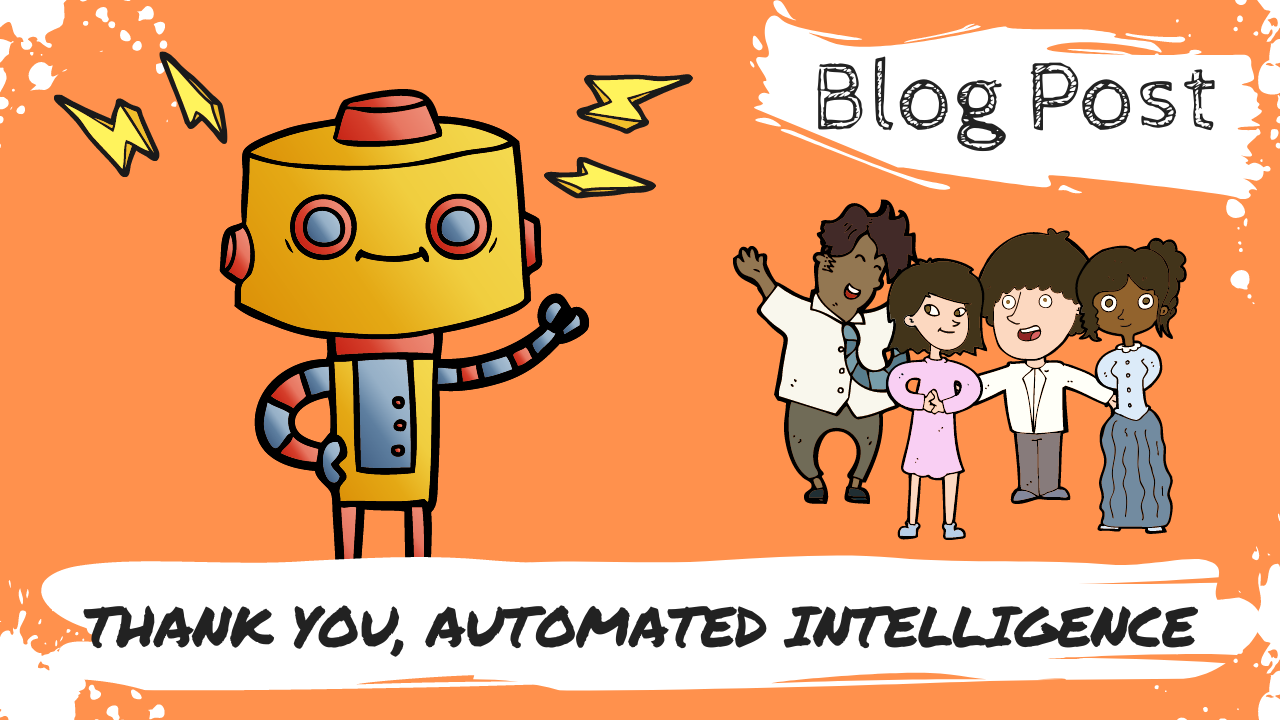
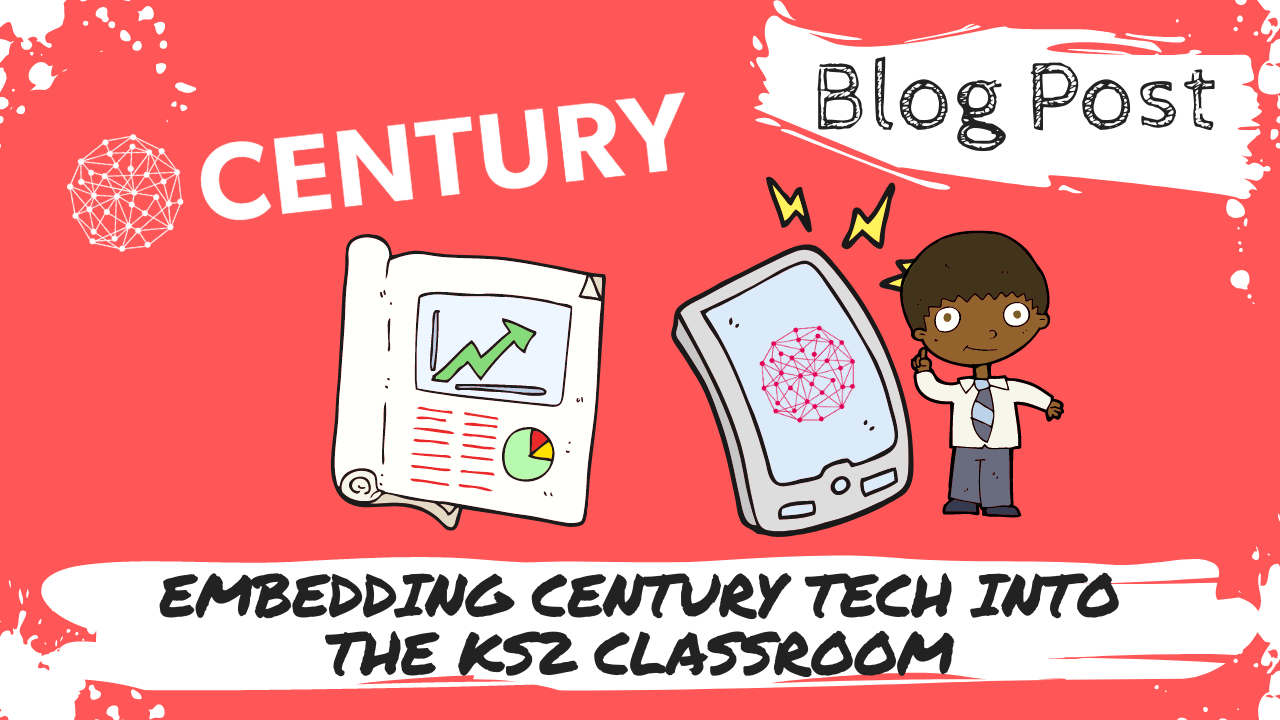
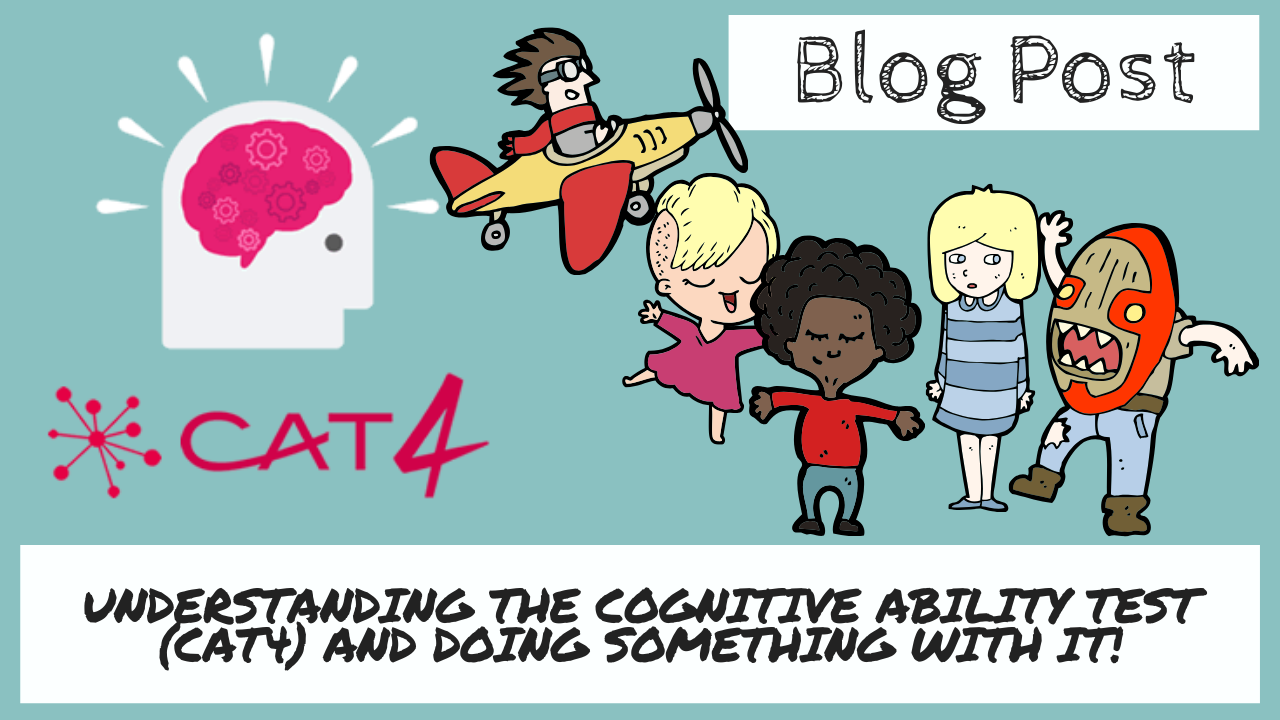
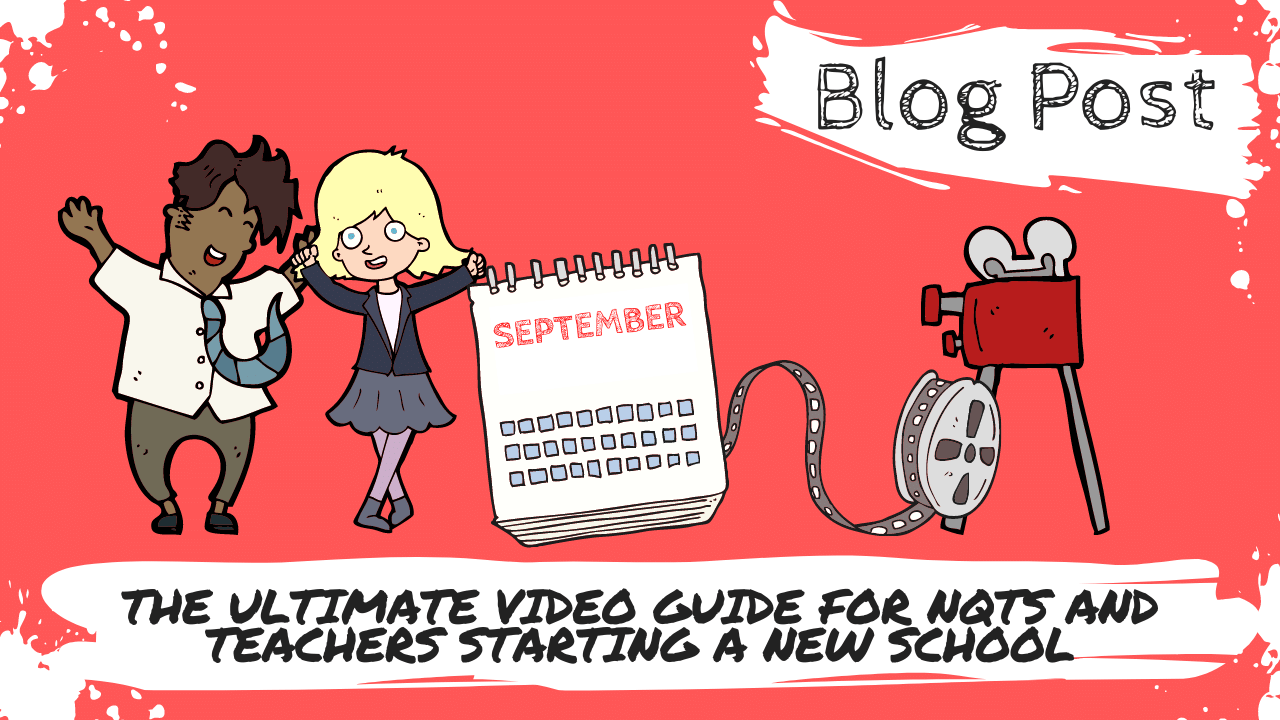
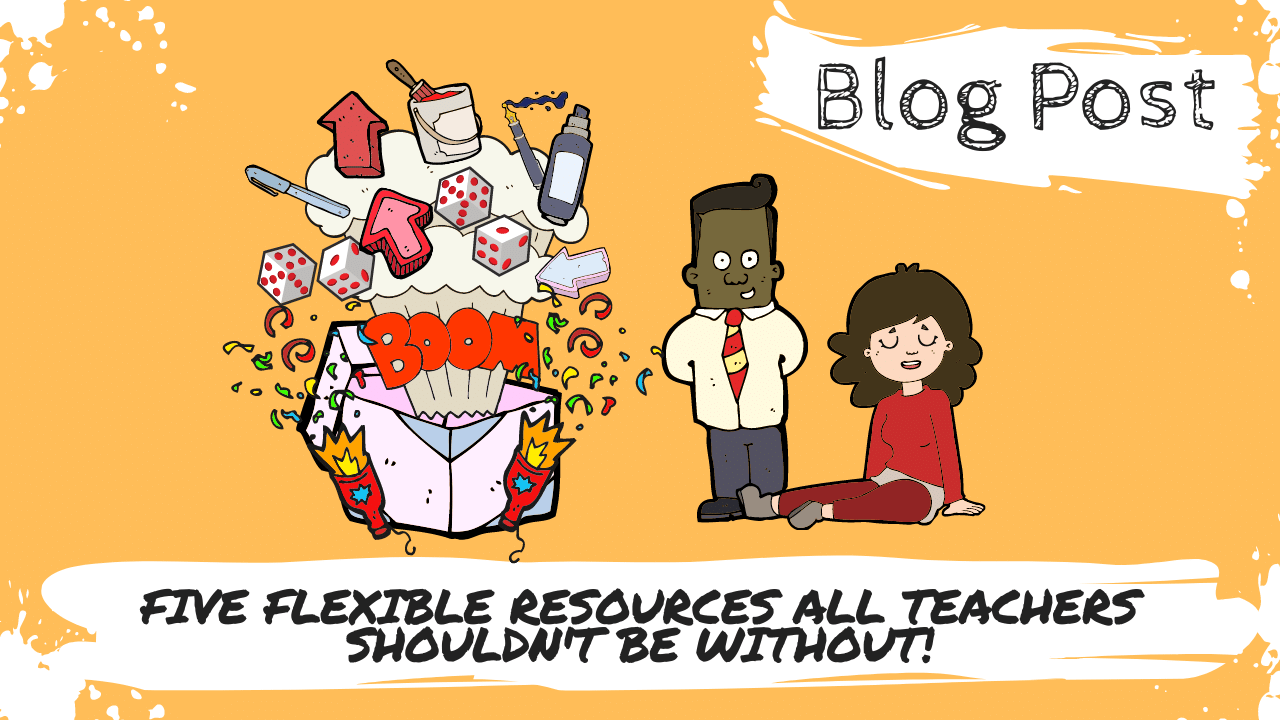
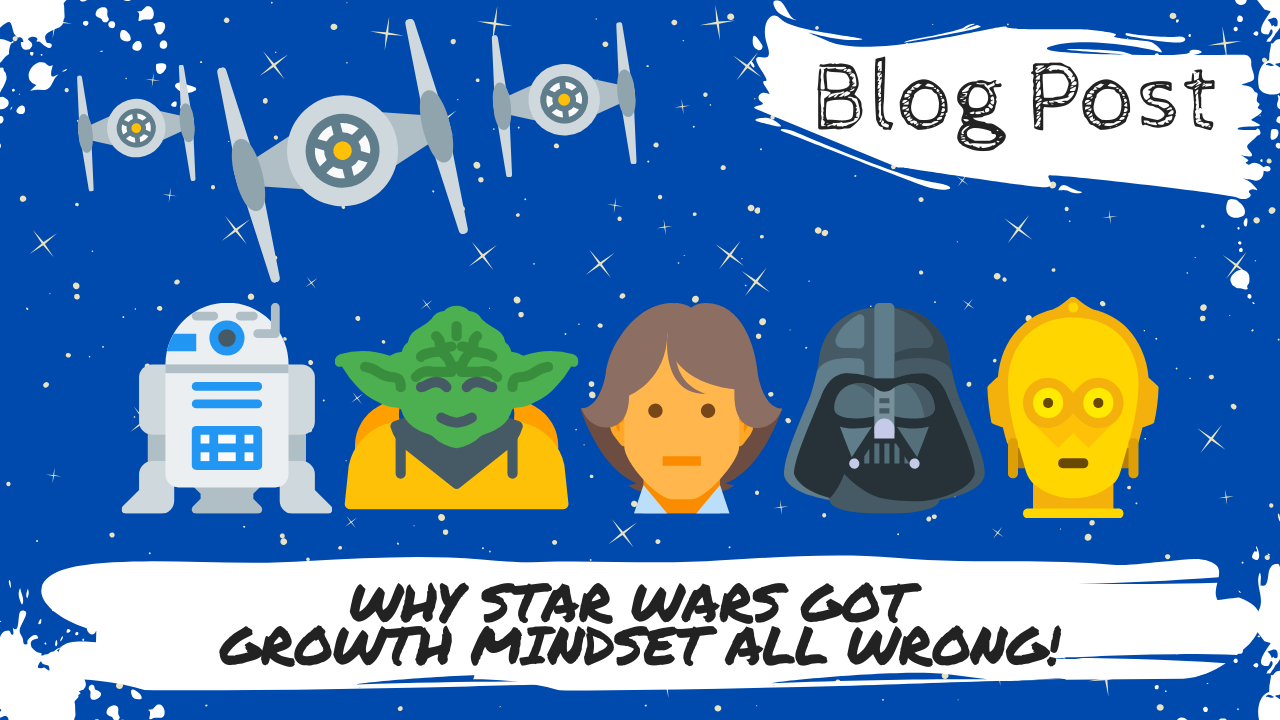
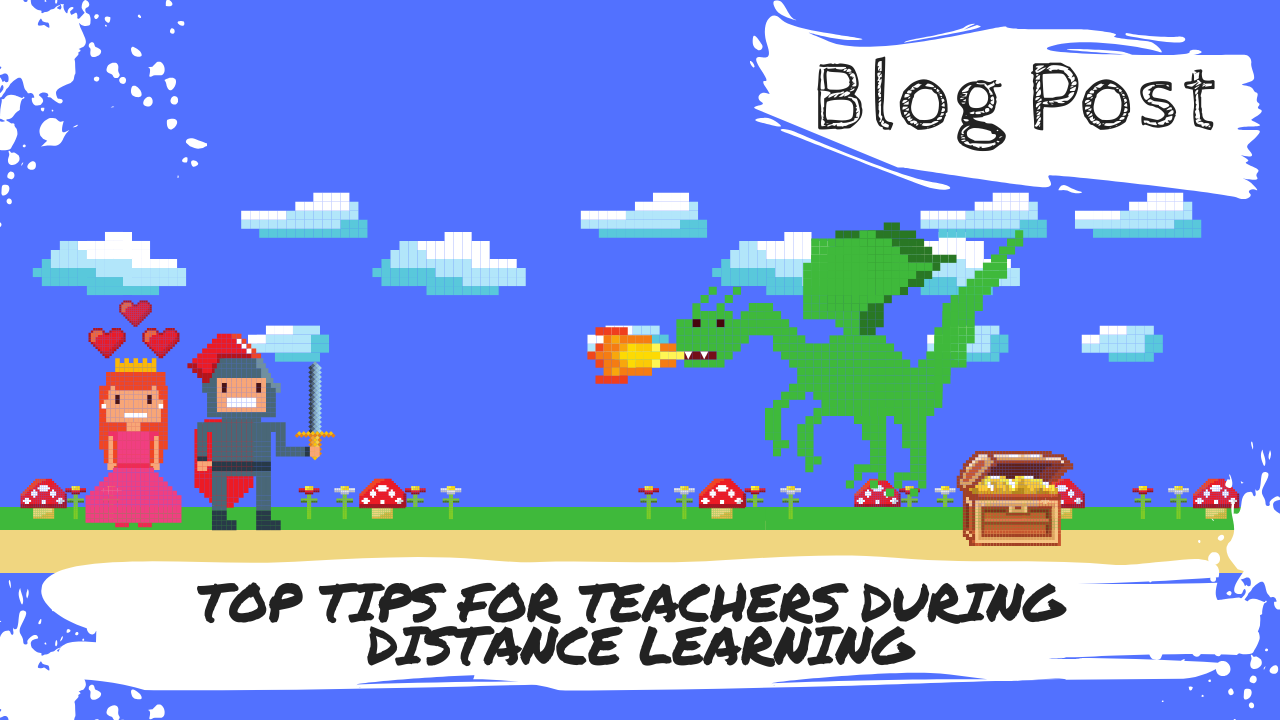
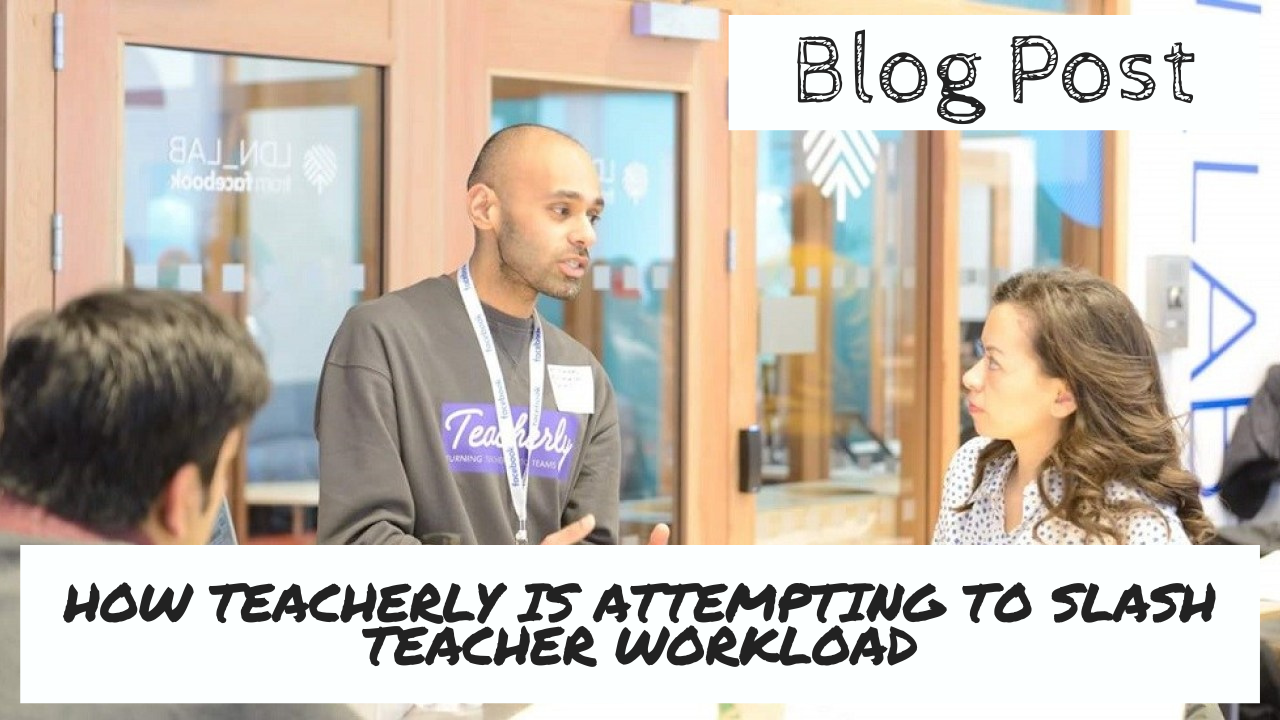
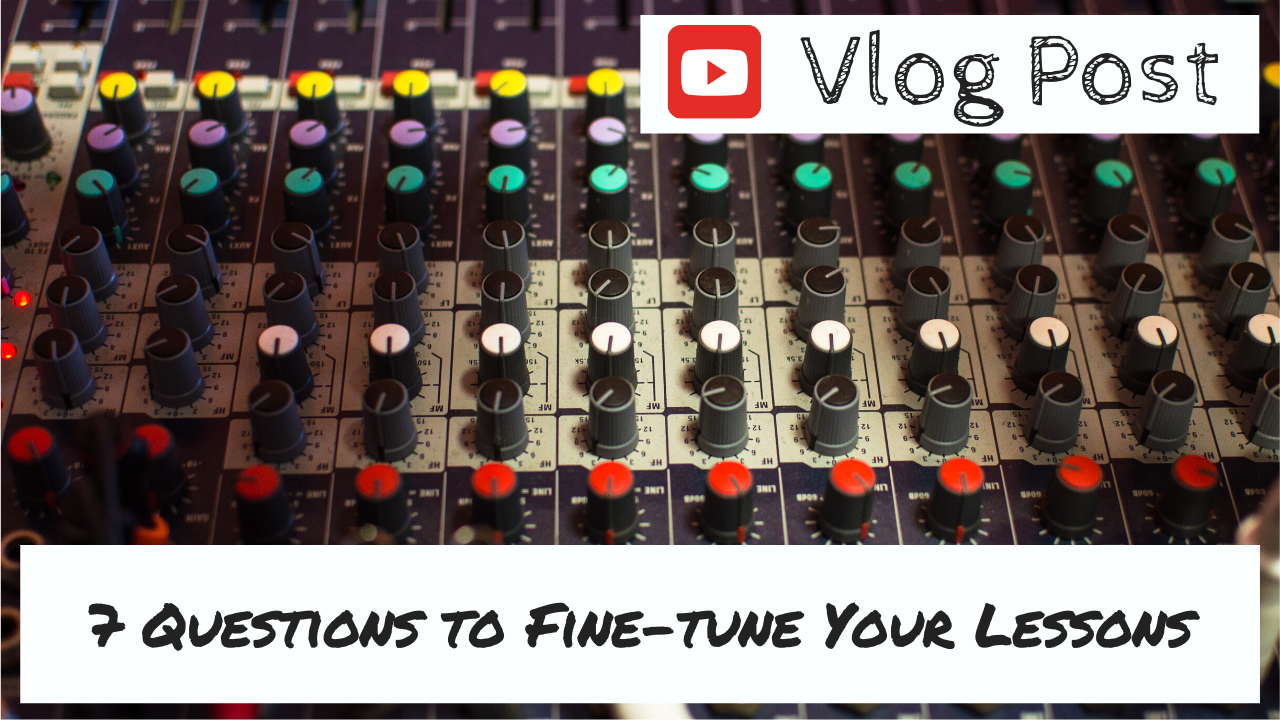


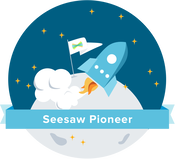
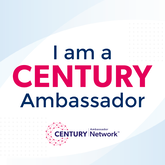
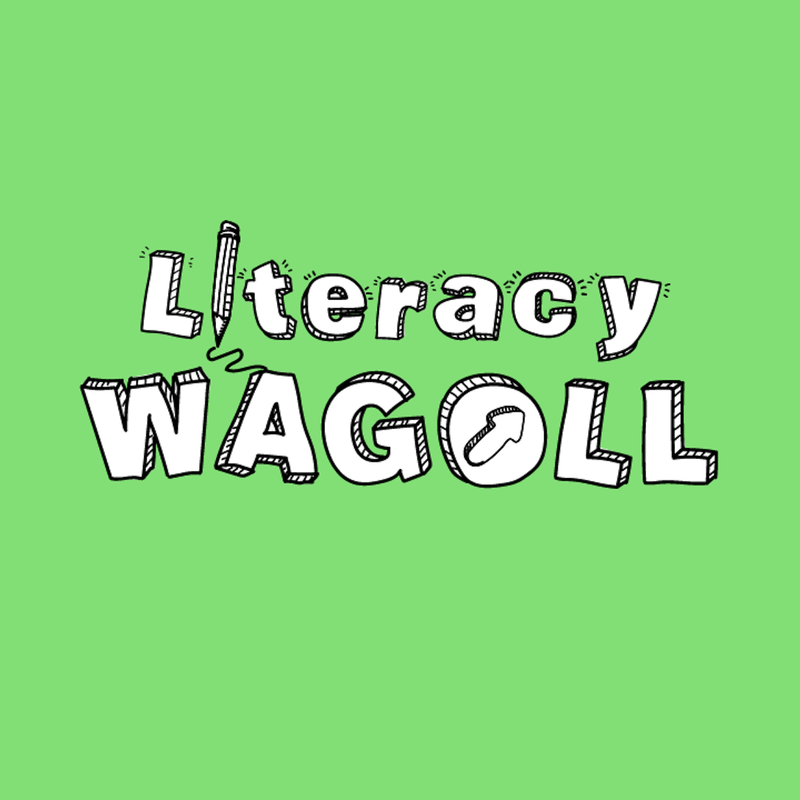
 RSS Feed
RSS Feed

